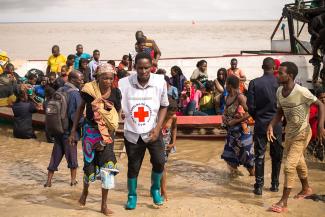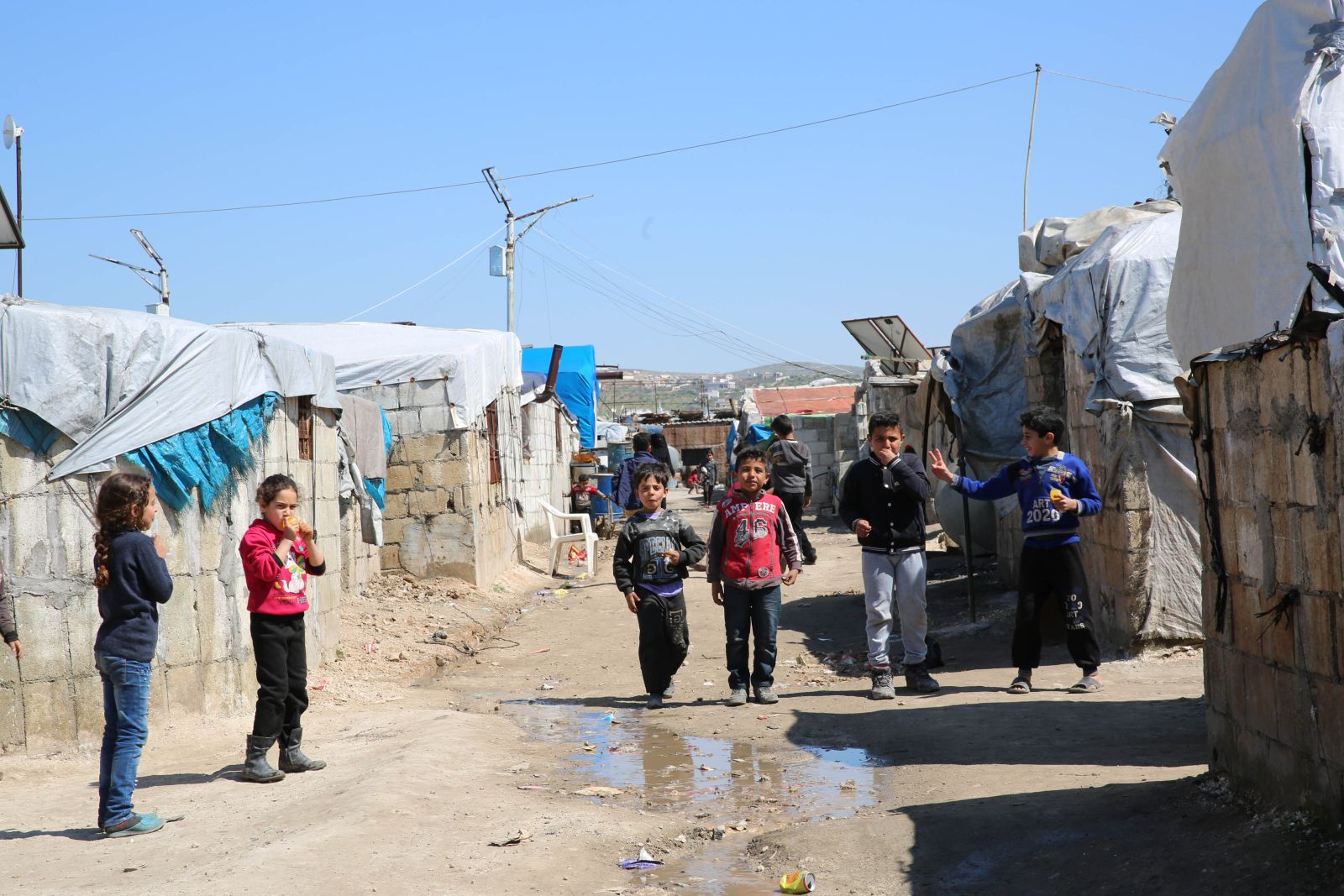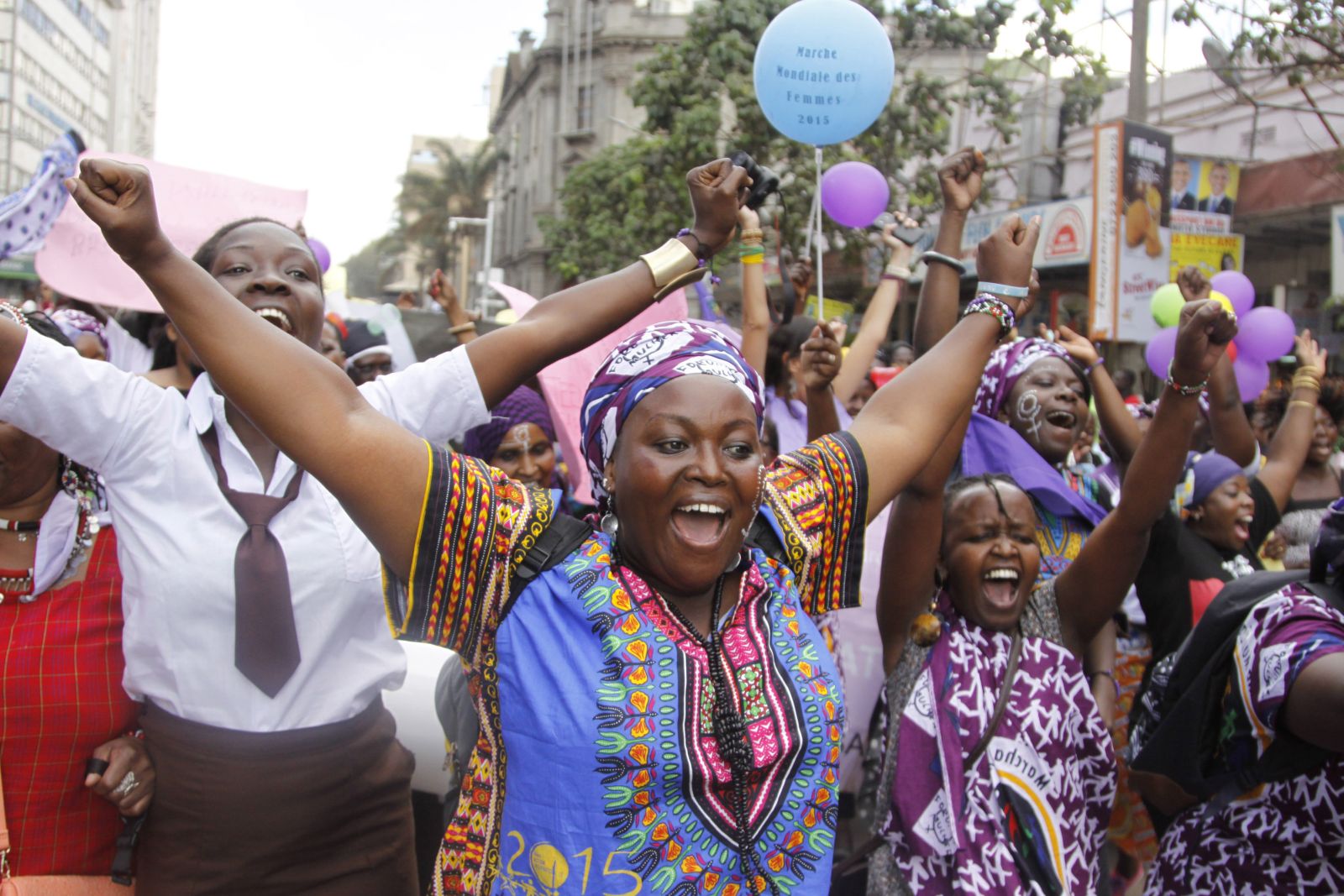Natural disaster
Mozambique faces enormous challenges

Mozambique experiences two to three cyclones during every rainy season – from October to March. But Cyclone Idai had unprecedented intensity most likely due to climate change. Shortly afterwards, cyclone “Kenneth” followed and caused further destruction. The force of Idai was comparable to that of Hurricane Katrina which devastated New Orleans in 2005.
The storm also revealed the political and institutional weaknesses that amplified the scale of the disaster. For example, the national weather service INAM had repeatedly pointed out the danger of a tropical storm two weeks before Idai. In the northern provinces of Zambezia and Tete, as well as in the neighbouring countries of Malawi and Zimbabwe, there had already been damages and first victims of the storm.
But the authorities remained inactive – just as they did when INAM issued a red alert three days before the disaster and named the town Beira as the exact spot Idai would hit.
The natural disaster-management centre, the INGC, played virtually no role in the run-up to the disaster or in the following days. The centre, which considerably expanded with international aid – including German – in the years following the floods of 2000, seems to be able to cope only with smaller disasters.
Since 2016, the INGC has been heavily underfunded. This is likely a consequence of the corruption scandal involving leading Mozambican politicians and civil servants, which led to a discontinuation of budget support of donors and loans of the International Monetary Fund (see comment by Gina dos Reis and Jürgen Kaiser in D+C/E+Z e-Paper 2016/09, Debate section). The consequences are drastic cuts in all budget items.
It is no coincidence, that the very first assistance on the ground was provided by a group of 22 volunteers from South Africa. On 13 March, the day before the disaster hit, they set out from Johannesburg in the direction of Beira. They arrived on 14 March with six off-road vehicles and immediately began rescue operations. Together with airport staff they formed something of a first response and rescue centre in an otherwise paralysed city.
In Beira electricity, water and gas supply as well as food supply collapsed. Ninety percent of all buildings were damaged or destroyed. The hinterland was devastated by the cyclone. In the west of Beira, along the rivers Pungue and Buzi, a 30 by 120 kilometre lake formed within a few hours. The people of Beira, as well as those in the hinterland, could only flee to the roofs of their houses, trees, or to higher places such as the airport. Because of the destruction and flooding around 1.8 million people in central Mozambique were and will be dependent on food aid for a long time to come.
The cyclone revealed the fundamental problems of Beira’s geographic location. When the city was founded around 1880 it seemed well suited for settling a few thousand people directly on the Indian Ocean. Today, Beira has almost 600,000 inhabitants. To consider the situation in German proportions, if the city would be located at the end of the Weser river in the North Sea it would be partially submerged in the Wadden Sea and surrounded only by tiny dikes and dams with an inefficient drainage system.
A simple reconstruction of the city, a few cosmetic measures on dikes and dams and a modernisation of the alarm systems in the river areas of the hinterland are not enough. The challenge is to protect the city permanently from the sea. It needs new, resilience-based urban and environmental planning.
Friedrich Kaufmann heads the South African-German Chamber of Commerce and Industry (AHK) in Maputo, Mozambique. The opinions expressed in this article are those of the author.
friedrich.kaufmann@gmx.net
Winfried Borowczak is social economist and independent consultant specialising in private-sector and organisational development in Africa and Portuguese-speaking countries.
winborow@aol.com











